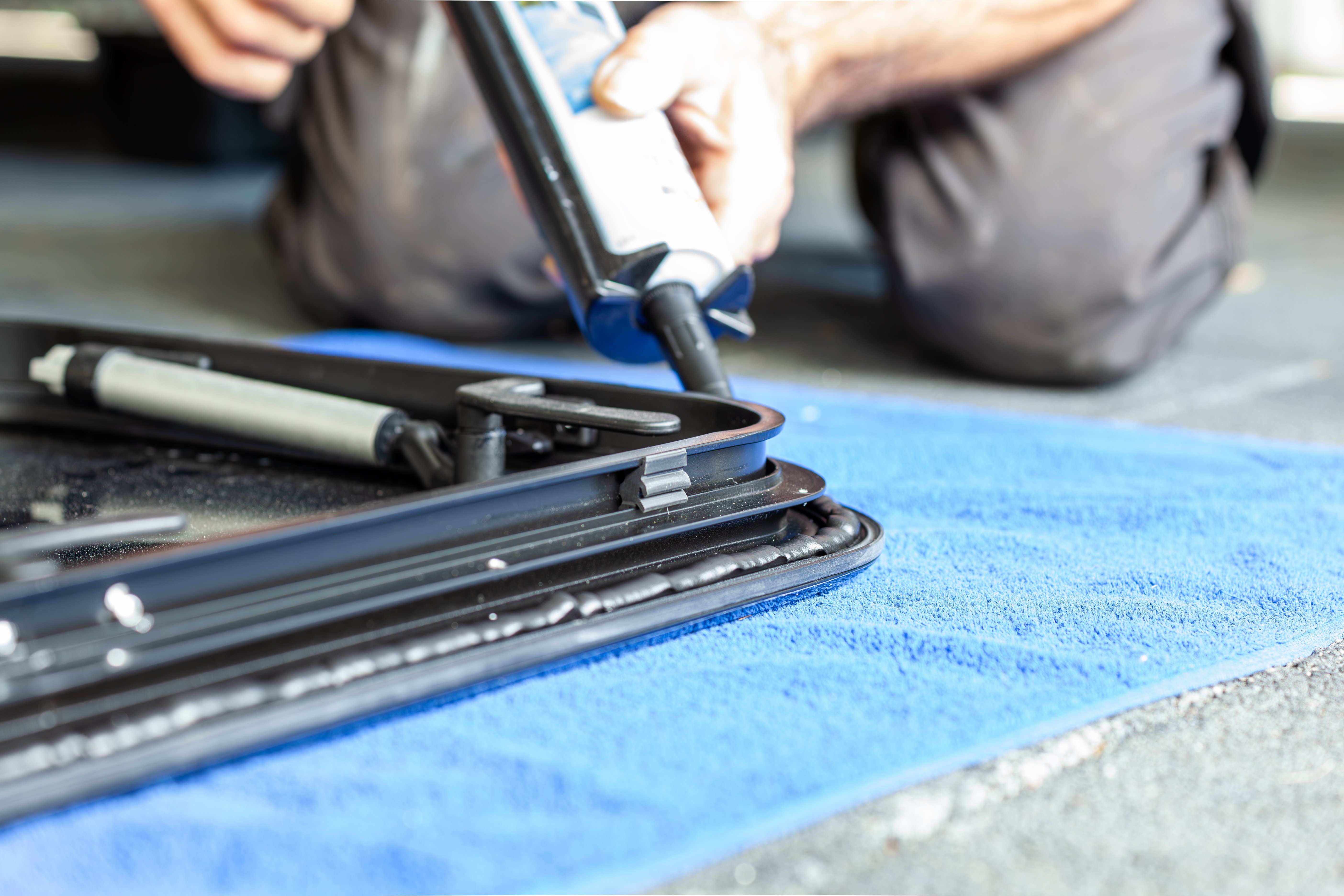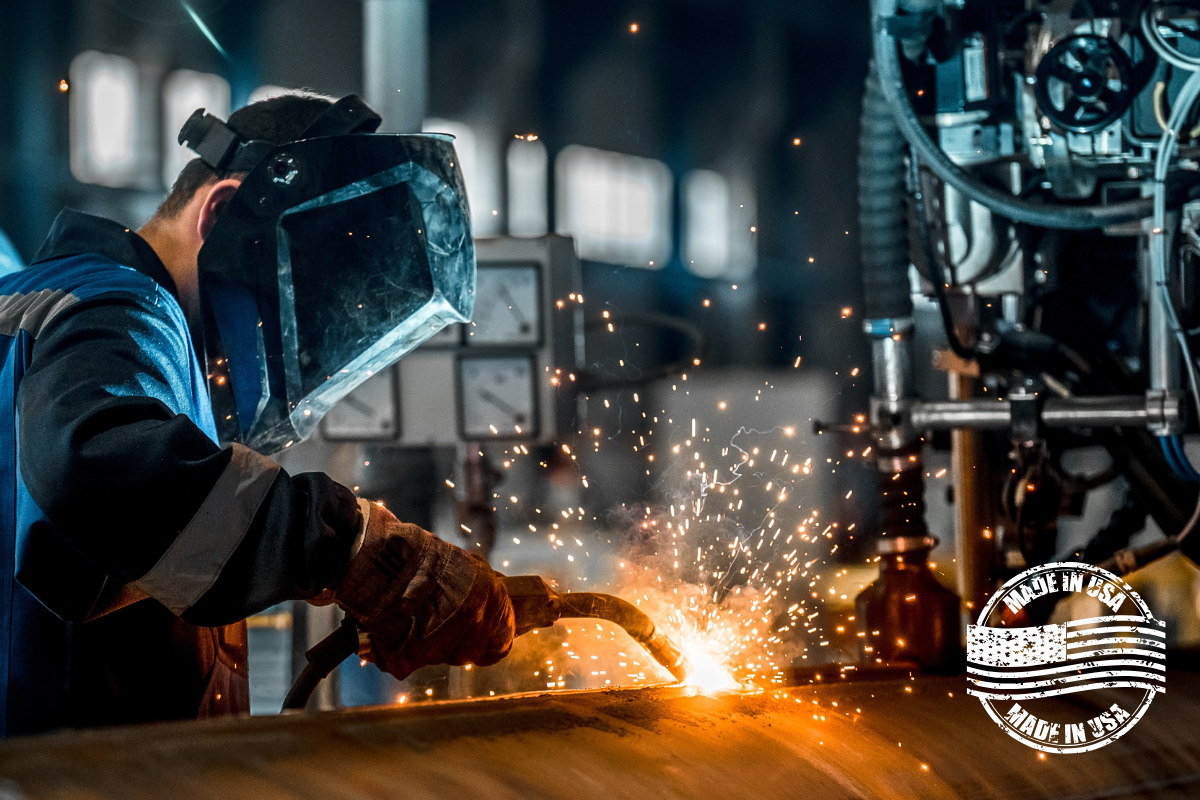
When two different types of metals are joined together, a process called electrolysis—also known as galvanic corrosion—can occur. Electrolysis happens when two dissimilar metals are directly connected, causing the lesser of the two metals to corrode. The two metals must also come into contact with a conductive electrolyte for the process to occur. Ultimately, this can damage the joint, causing the metals to fail.
Several factors contribute to electrolysis when joining dissimilar metals, including differences in electrical potential, composition, and exposure to moisture or other corrosive substances. Let's take a closer look at each of these factors and how they can impact the durability of the joint.
Electrical Potential
Every metal has a different electrical potential, which is a measure of its tendency to give up or receive electrons. When two dissimilar metals are joined, they create a galvanic cell, generating a small electrical current between them. This current can accelerate corrosion in the more anodic metal (i.e., has a higher tendency to give up electrons) and slow down corrosion in the more cathodic metal (i.e., has a higher tendency to receive electrons).
For example, when joining aluminum and steel, aluminum is the more anodic metal and will corrode faster than steel. This can lead to the joint's weakening over time and potential structural failure.
.png?width=1200&height=628&name=Austin%20Engineering%20-%20Linkedin%20(4).png)
Composition
The composition of the two metals joining together can also impact the likelihood of electrolysis. For instance, if the two metals have very different compositions or if one of them contains impurities, this can create a higher likelihood of corrosion.
Even the surface finish of the metals can impact the speed at which electrolysis occurs. For example, if one metal has a rough surface while the other is very smooth, this can create stress concentration areas and lead to faster corrosion.
Exposure to Moisture or Other Corrosive Substances
Exposure to moisture or other corrosive substances can significantly increase the likelihood of electrolysis when joining dissimilar metals. Water can create a pathway for electrical current to flow between the two metals, accelerating the galvanic cell and increasing the corrosion rate. This is particularly important in applications where the joint is exposed to saltwater, such as marine environments.
Substances, such as salt, can also speed up the corrosion process. A great example of a common corrosive substance is road de-icing chemicals. Road de-icing chemicals eat away at trailers, especially at the cross-members that support the truck's weight. Sodium chloride (salt) is the main item used on our roads. Approximately 10-20 million tons are applied annually to roads in the U.S. Other corrosive chemicals such as magnesium chloride, calcium chloride, calcium magnesium acetate, and potassium acetate are all used to prevent and remove snow and ice from roadways.

Preventing Corrosion in Dissimilar Metal Joints
A three-pronged attack is the most effective method to prevent corrosion. That includes:
- 1. Creating a barrier between the dissimilar metals
2. Protecting against moisture - 3. Absorbing the energy created by the metals to avoid electrolysis
Eck® Corrosion Prevention Coating is the only product on the market that provides all three types of corrosion protection. It acts as a barrier, separating dissimilar metals from contact, and can be applied into drilled holes and onto fastener threads. It is also petroleum-based, meaning it never fully dries, creating a seal to keep moisture away. Finally, Eck is formulated with rich-zinc materials (zinc dust and zinc powder) that act as a sacrificial metal to absorb the energy from any dissimilar metal corrosion contact.
Corrosion is a common problem when joining dissimilar metals. Understanding the factors that contribute to corrosion can help engineers and designers mitigate them. The keys to preventing corrosion are careful to design, proper materials selection (i.e., using metals with similar electrical potentials and compositions), thorough surface preparation, including smoothing out areas of stress concentration, cleaning and drying both metals and the use of Eck® Corrosion Prevention Coating.
Please check out our Q&A with Eck® expert Rich Nay here for additional information.








